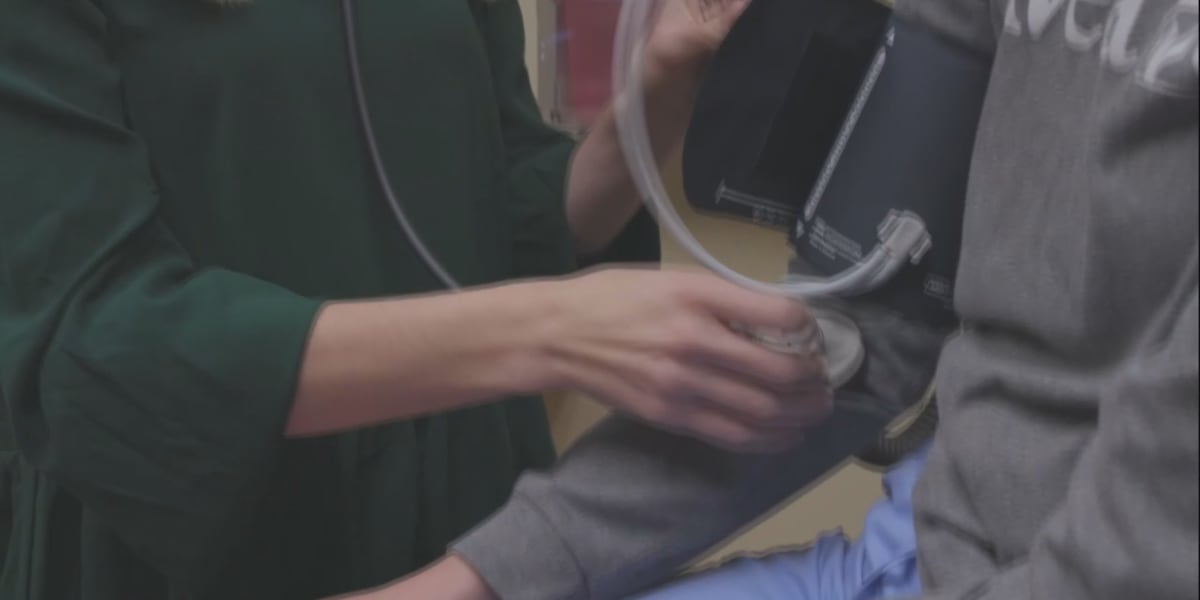Oregon Teens Don't See the Risks of Cannabis: A Growing Concern for Health Experts

Oregon boasts stunning landscapes and a progressive spirit, but beneath the surface lies a concerning trend: Oregon's youth aren't perceiving the risks associated with cannabis use. Despite the legal age of 21 for recreational use (unless medically prescribed), the state ranks fourth nationally in youth cannabis consumption. This disconnect between reality and perception is prompting public health experts to sound the alarm and advocate for increased awareness and preventative measures.
Dr. David Rettew, Medical Director of Lane County Behavioral Health, sees the consequences firsthand. He regularly works with young people grappling with the negative impacts of cannabis use, highlighting the need for a more proactive approach. “We’re seeing a significant number of young people whose lives are being negatively impacted by cannabis,” Dr. Rettew explains. “It's not just about occasional use; it's about addiction, mental health challenges, and impaired development.”
Why the Disconnect?
Several factors contribute to this alarming perception gap. The normalization of cannabis, fueled by increasing legalization across the country, plays a significant role. Widespread advertising and media portrayals often downplay the potential harms, particularly for developing brains. Furthermore, a lack of comprehensive education in schools about the risks of cannabis – beyond simply stating its illegality – leaves many young people ill-equipped to make informed decisions.
The Risks are Real
The developing brain is particularly vulnerable to the effects of cannabis. Regular use during adolescence has been linked to a range of problems, including:
- Cognitive Impairment: Difficulty with memory, learning, and attention.
- Mental Health Issues: Increased risk of anxiety, depression, and psychosis, especially in individuals with a predisposition to these conditions.
- Addiction: Cannabis use disorder is a real and debilitating condition.
- Impaired Driving: Similar to alcohol, cannabis can impair judgment and coordination, increasing the risk of accidents.
What Needs to Change?
Public health experts are calling for a multi-pronged approach to address this issue:
- Enhanced Education: Comprehensive, evidence-based education programs in schools that accurately portray the risks of cannabis use, tailored for different age groups.
- Targeted Prevention Campaigns: Public awareness campaigns aimed specifically at young people, utilizing social media and other platforms to reach them where they are.
- Parental Involvement: Providing resources and support for parents to have open and honest conversations with their children about cannabis.
- Restricting Marketing: Stricter regulations on cannabis advertising to prevent the normalization of use and minimize exposure to young people.
The situation in Oregon serves as a cautionary tale for other states grappling with the complexities of cannabis legalization. Protecting the health and well-being of young people requires a proactive and informed approach – one that prioritizes education, prevention, and early intervention. Ignoring the risks won’t make them disappear; it will only exacerbate the problem and leave more young lives vulnerable to the potential harms of cannabis.






